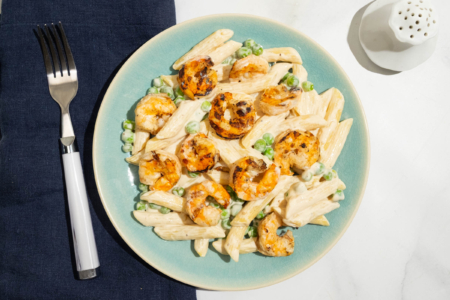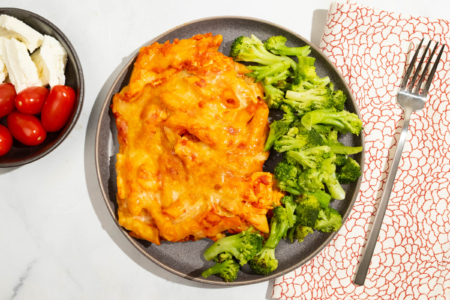Juicy and crisp daikon radish is an incredibly versatile vegetable and an essential in East Asian cuisine. Whether raw, pickled, or cooked, this crunchy root veg is sure to become a favorite in your kitchen.
History of Daikon
Though generally recognized as a staple in East Asian cuisine, daikon originally came from the Mediterranean and the coasts along the Black Sea. It was introduced to East Asia 1300 years ago via traveling merchants and was cultivated by local farmers. The radish became particularly popular in Japan, where it remains one of the most widely consumed vegetables in the country.
Taste and Texture of Daikon
Daikon has a mild, slightly sweet flavor with a hint of pepperiness. Raw daikon radish is juicy with a crisp vegetal crunch and becomes tender and slightly starchy when cooked.
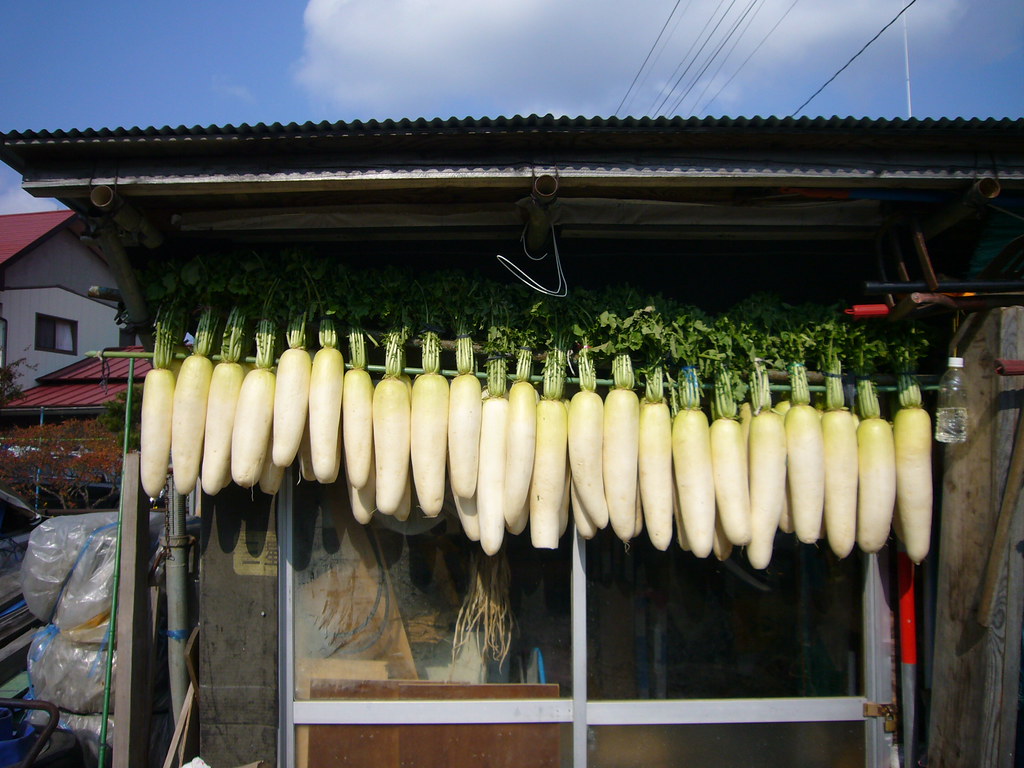
There are slight variations in the taste and texture of daikon depending on which section you use. The top third of the daikon, where the leaves are attached, is the sweetest and juiciest part while the bottommost section is more piquant and less juicy. The middle section of the daikon is a good balance of both ends.
The leaves of the daikon can also be eaten. Daikon leaves have a mild and slightly peppery flavor, almost like a cross between kale and mustard leaves.
Cooking with Daikon
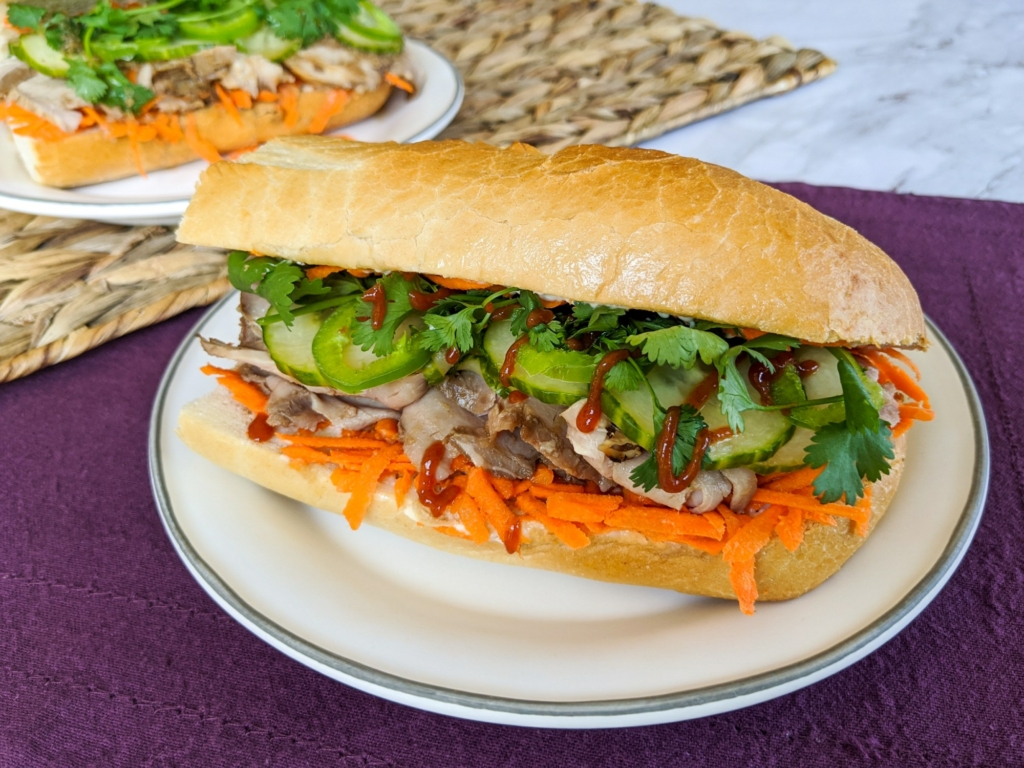
Daikon can be served either raw or cooked. Raw daikon can be sliced, grated, or pickled and makes a wonderful side dish or addition to a salad. Quick pickled daikon and carrots are a staple in traditional Vietnamese banh mi. The juicy crunch of the daikon is an excellent foil to the soft meat and crusty bread.
Grated daikon is a favorite side dish in Japan and is often served alongside grilled fish. Its freshness and slight kick offset any oily dishes. You can also combine grated radish with flour and seasonings to make savory Chinese radish cake, a classic dim sum dish.
To cook daikon radish, add it to stir fries and soups or even roast it on its own. When daikon releases its liquid, it develops a heartier texture reminiscent of potatoes.
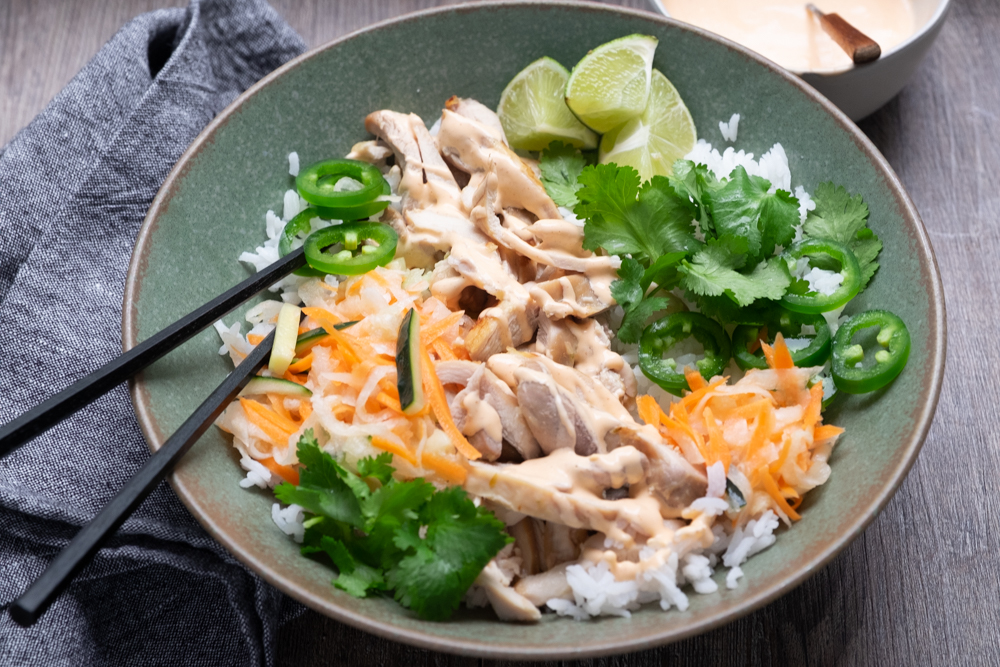
Feature Image: Flickr user Globalism Pictures ( CC BY 2.0 )


